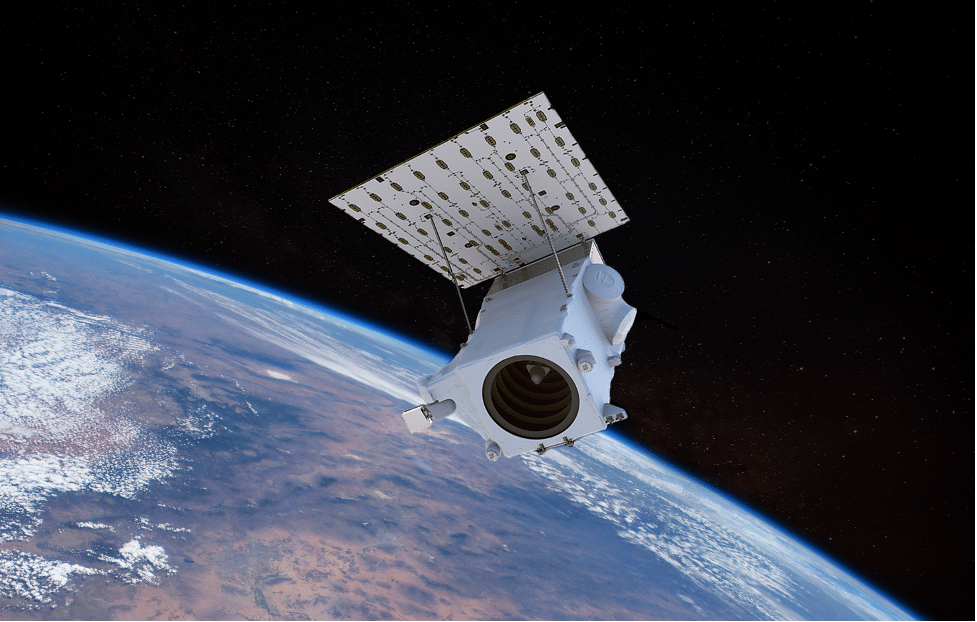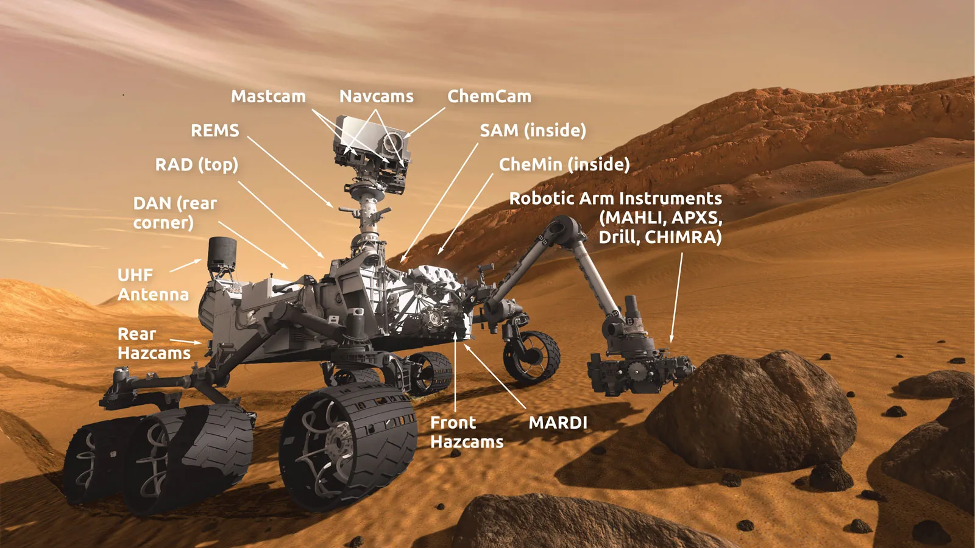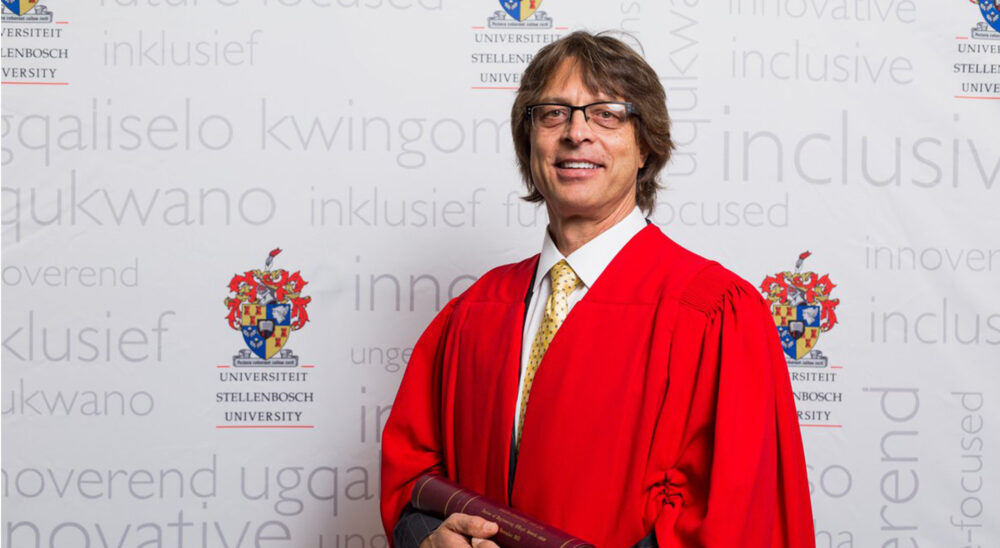The legacy of renowned space scientist and Stellenbosch University alumnus Dr. Japie van Zyl lives on with the launch of Hydrosat’s VanZyl-1 satellite aboard SpaceX’s Transporter-11 mission.
Van Zyl, a co-founder of Hydrosat and former NASA Jet Propulsion Laboratory (JPL) leader, was integral to the project. The VanZyl-1 satellite will provide high-resolution thermal imagery worldwide, aiding efforts to monitor agricultural water stress, boost food security, and improve climate and agricultural models. More satellite launches are planned, with VanZyl-2 set for early 2025.

Fig 1: Hydrosat, the climate tech company leveraging thermal imagery to measure water stress in agriculture and mitigate the effects of climate change, launched its first satellite, VanZyl-1, on SpaceX’s Transporter-11.
“Dr. Van Zyl’s extraordinary contributions to space science continue through Hydrosat’s VanZyl-1 satellite,” said Stellenbosch University Rector and Vice-Chancellor, Professor Wim de Villiers. He added that Van Zyl’s legacy highlights Africa and Stellenbosch University’s role in global technological advancements.
Professor Petrie Meyer, acting Dean of the Faculty of Engineering at Stellenbosch, described the satellite as a fitting tribute to Van Zyl, who was a “good friend of the faculty” and a leading figure in the satellite field.
Van Zyl graduated with honors in Electrical Engineering from Stellenbosch University in 1979 and later earned an MS (1983) and PhD (1986) in Electrical Engineering from the California Institute of Technology. During his time at JPL, he helped design the radar system that facilitated the 2012 landing of the Curiosity rover on Mars. He also served as an Extraordinary Professor at Stellenbosch University, giving lectures on Mars exploration.

Fig 2: The Curiosity rover on Mars
In 2015, Stellenbosch awarded Van Zyl an honorary doctorate for his pivotal role in space exploration and his impact as a global ambassador for Africa and the university. Following Van Zyl’s death in 2020, former Dean of Engineering, Professor Christo Viljoen, praised him as one of the university’s greatest alumni.
Professor Meyer noted Van Zyl’s lasting influence on Stellenbosch engineers, which has contributed to the growth of the satellite industry in the Western Cape.
Read further media coverage:





